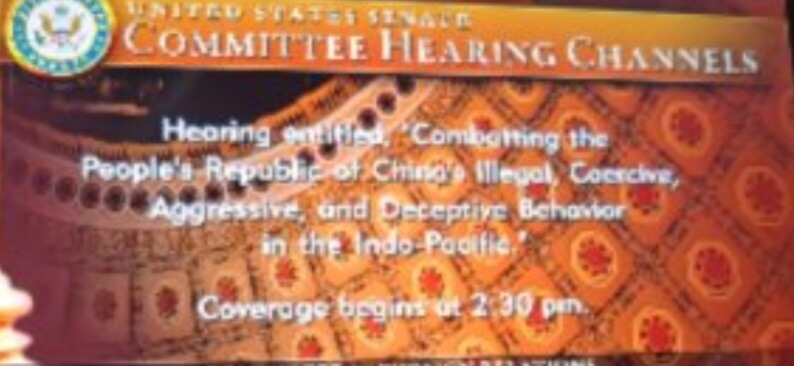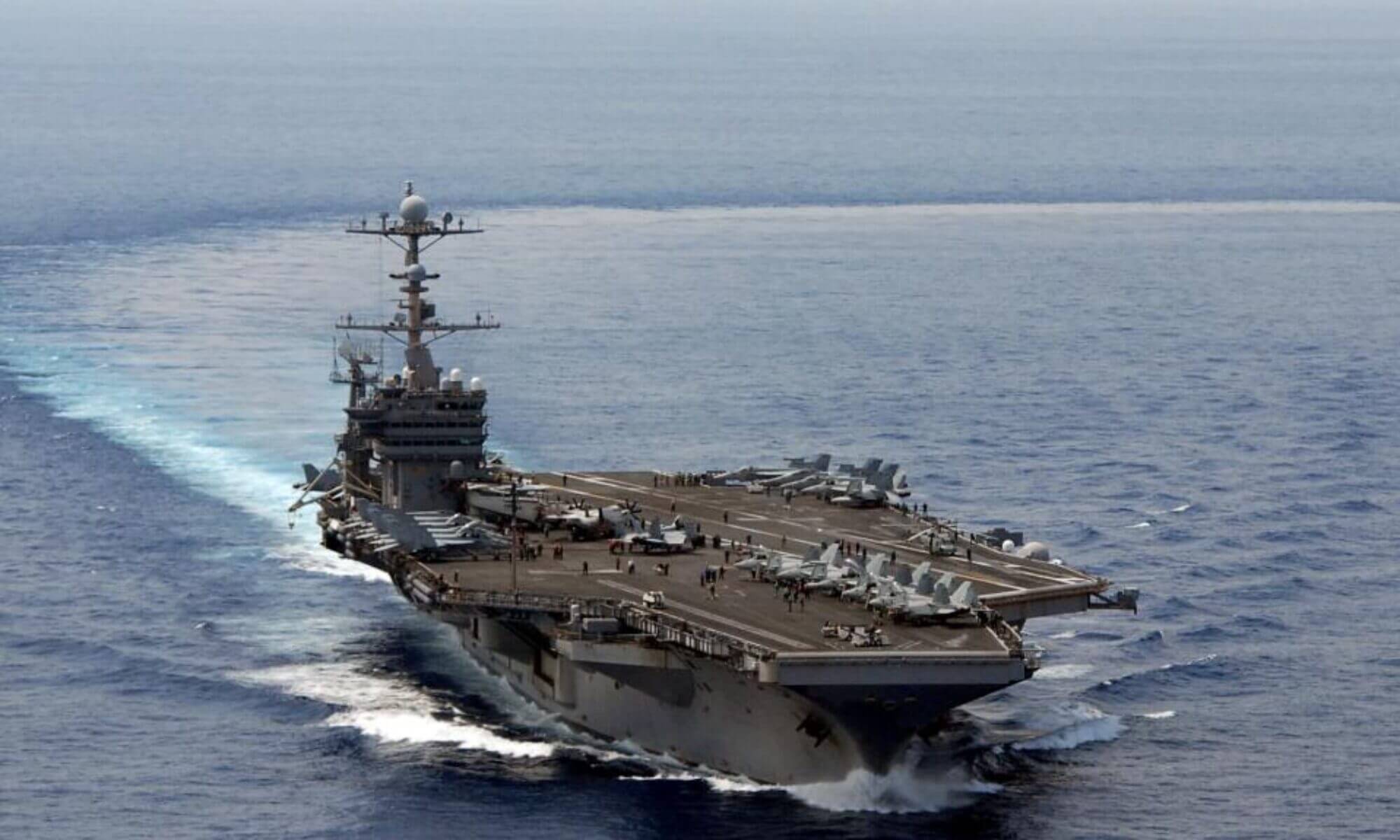

As founder of Americans for a Stronger Navy, I’m posting the full hearing video from the U.S. Senate Subcommittee on East Asia & the Pacific on the People’s Republic of China’s gray-zone/IAD tactics—actions that are illegal, coercive, aggressive, and deceptive but stay below the threshold of open war. This is one of the most consequential national security issues of our time. If you want the complete context, watch it here
What This Hearing Covers
This bipartisan session, led by Sen. Chris Coons (Chair) and Sen. Pete Ricketts (Ranking Member), examines how Beijing is reshaping the regional order through maritime intimidation, disinformation, economic coercion, and lawfare. Expert witnesses include:
• Craig Singleton (Foundation for Defense of Democracies)
• Ray Powell (SeaLight maritime transparency initiative)
• Ely Ratner (The Marathon Initiative; former ASD for Indo-Pacific Security Affairs)
Why Americans Should Care
A stable Indo-Pacific underwrites U.S. jobs, supply chains, and everyday commerce—from energy prices to the goods on our shelves. When the rules at sea are bent or broken, our economy feels it. This isn’t distant geopolitics; it’s about freedom of the seas, the arteries of global trade that American families rely on. That’s why this debate is one of the most consequential for American prosperity and security.
Key Themes to Watch For
• Escalation by inches: How “salami-slicing” and constant pressure attempt to create a new normal in the South and East China Seas and around Taiwan.
• Energy as a pressure point: Taiwan’s thin LNG reserves and what resilience looks like (stockpiles, diversified imports, hardened infrastructure).
• Information advantage: Why assertive transparency—exposing incidents quickly and credibly—helps free societies push back.
• Allies matter: How Japan, Australia, the Philippines, and others factor into deterrence—and what coordinated posture and planning should look like.
• U.S. resolve: The need to signal costs early, test Beijing’s risk tolerance, and align policy, industry, and public support at home.
Implications for the Navy
The Navy operates on the front line of these challenges every day. Sustained gray-zone pressure demands presence, readiness, logistics, and shipyard capacity—and public understanding of why those investments matter. Deterrence at sea is cheaper than crisis later.
Implications for Our Allies
Allies are stepping up, but coordination is the difference between piecemeal responses and collective deterrence. Shared planning, interoperable command and control, resilient bases, and joint information efforts are how we keep the peace.
What We’ll Do Next
For convenience, we’ll post clean sectioned clips—opening statements and the strongest Q&A exchanges—so you can grab the segments you need. If you’re a supporter with video skills, volunteer editors are welcome to help accelerate the turnaround.
How You Can Help
Americans for a Stronger Navy exists to educate, connect the dots, and build civic support for the fleet our economy and security require. If you find this valuable, share the video and invite a friend to subscribe. Public engagement is the missing link.
That’s why we launched Charting the Course: Voices That Matter — a 24-part educational series breaking down how we got here, what went wrong, and what must happen next. Our goal is simple: educate the public, connect the dots, and build the support needed to close the readiness gap before it’s too late.
Let’s roll.

